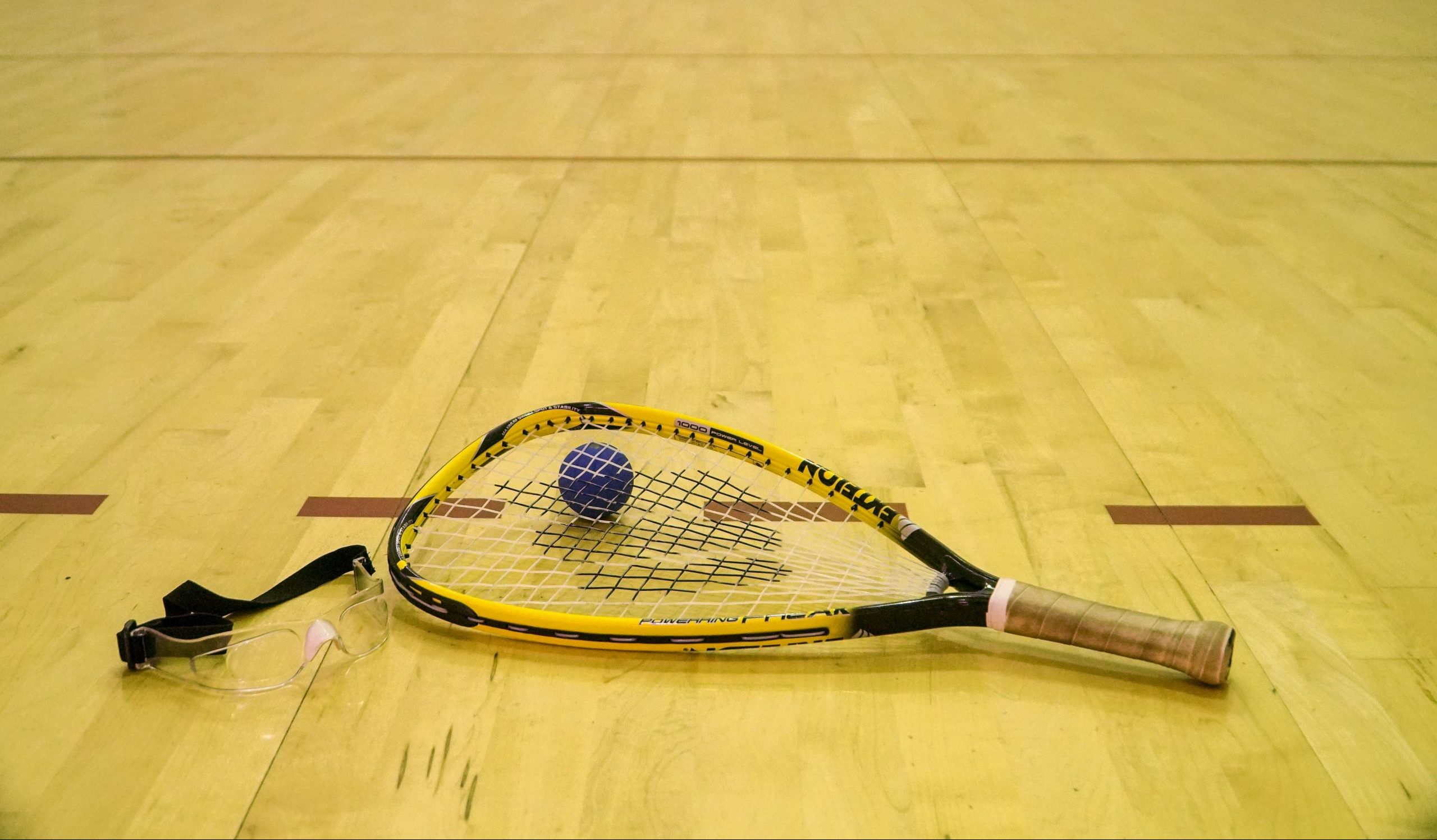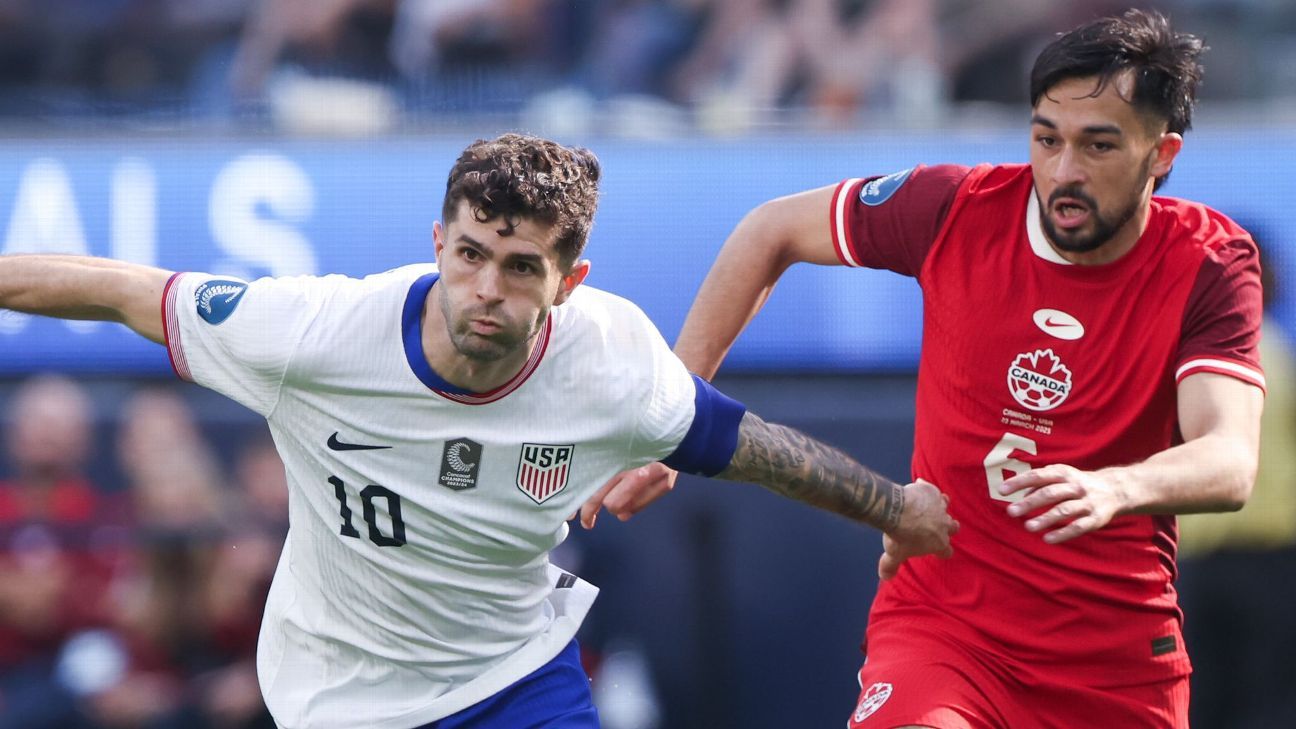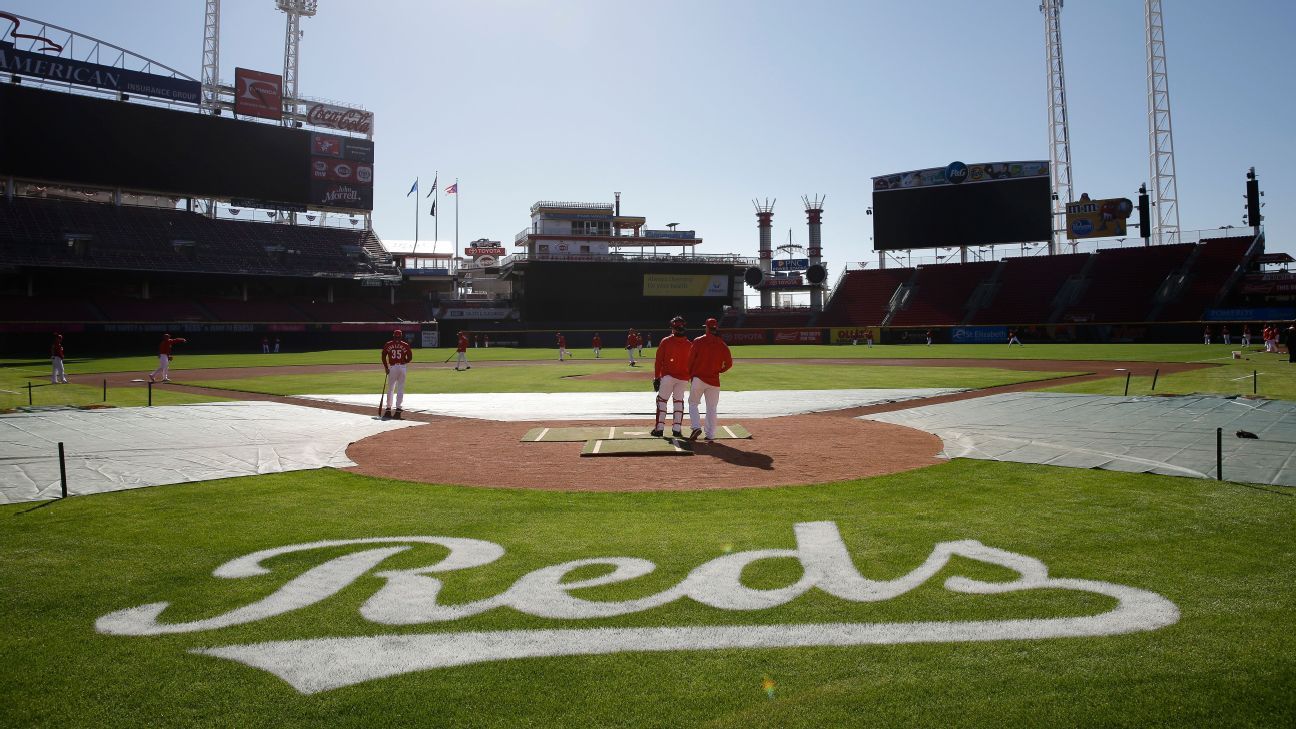
US Squash CEO Kevin Klipstein has defended the governing body’s strategic seizure of racquetball (racketball) courts as “good business sense” and part of the “long-standing friendly rivalry” between the sports.
Squash Mad reported in January on Klipstein’s vow to “move quickly and aggressively” to convert racquetball courts into squash courts as part of a deliberate “takeover of an existing player base and court inventory.”
US Squash’s targeting of racquetball’s infrastructure dates back to 2014, when the organisation launched a Racquetball Conversion Fund, offering grants of $1000 per court to projects seeking to convert racquetball courts into squash courts. The US Squash website lists 38 court conversions funded by the grant, but there have been many others.
Although USA Racquetball declined to comment directly on Klipstein’s statement, reaction has emerged from elsewhere in the racquetball fraternity. We understand that, after reading our article, organisers of the 3WallBall Outdoor Racquetball Championships in Las Vegas have removed Squash 57 as a guest sport from this year’s event in protest.
However, Klipstein has stressed to Squash Mad that the pursuit of racquetball courts as potential squash inventory is simply a pragmatic move to drive growth of squash.
He said: “Racquetball is in decline so we feel a sense of urgency to make the business case for squash, otherwise these courts are going to be lost as racket sports facilities for their communities.
“We feel squash has a really strong business case. Some are commercial facilities that don’t know about squash and the opportunity we can offer. It’s our responsibility to step in and tell them about finding a competent coach, building a community and running programmes to turn around their low court occupation rates for racquetball.
“A squash player’s average loyalty to a commercial club is nine years, whereas for other activities it’s one or two years, so these facilities will get a sticky base for their membership.”
There are an estimated 15,000 racquetball courts in the States (down from an estimated peak of 30,000) but only around 4,000 squash courts. With roughly an equal number of players, racquetball’s lower player-per-court ratio means lower demand, leaving many of their courts under-occupied.
Racquetball courts measure 40x20ft, whereas squash courts are 32x21ft. Although racquetball courts can be shortened in length to squash’s standard 32ft relatively easily, moving the sidewalls out by a foot to the regulation 21ft is not so simple – so US Squash accredits squash on the slightly narrower converted courts. Klipstein estimates around a third of squash courts in the US are 20ft-wide former racquetball courts and says it still makes for “an amazing game”.
Klipstein, who has been CEO of US Squash for 17 years, says the two rebound racket sports have a “playful tension” between them.
“There’s not a lot of overlap between the two communities but we have a long-standing friendly rivalry with racquetball,” he states. “All the governing bodies are very collegial and collaborative. We all think of ourselves as cousins and we would not want to do anything at the expense of another sport.
“Since both sports have little commercial investment and are essentially self-funded, it’s on the governing bodies to drive that activity. We’re not going after racquetball, we’re trying to develop our sport and this is something that makes a lot of sense. It’s very economical [to convert] compared to new construction.
“Does it make racquetball players happy? No. But we’ve found that racquetball players who play squash really enjoy the experience. Getting them out of their fox hole and over that mental barrier is a challenge that we welcome.”
Main photo by Thomas Park on Unsplash















 Phone: (800) 737. 6040
Phone: (800) 737. 6040 Fax: (800) 825 5558
Fax: (800) 825 5558 Website:
Website:  Email:
Email: 






